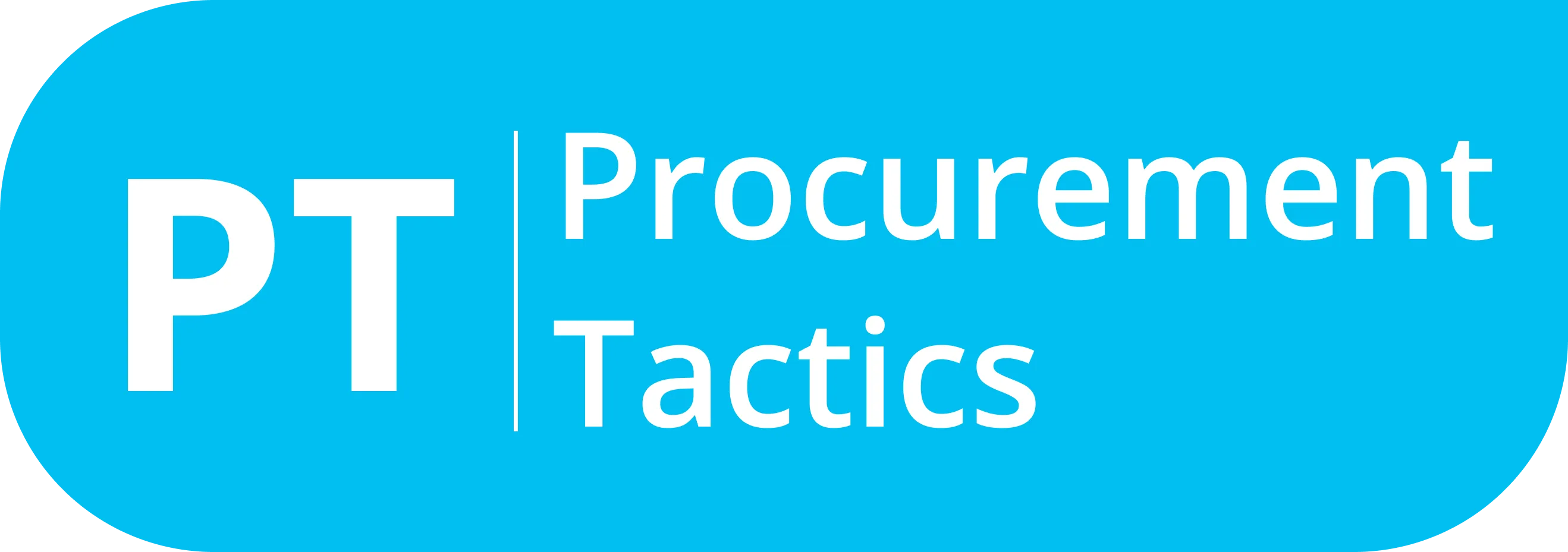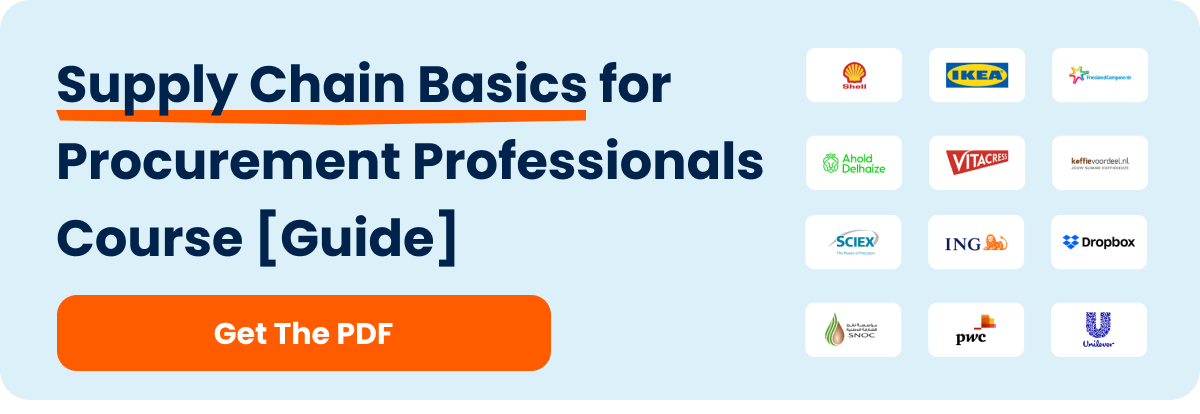Written by Marijn Overvest | Reviewed by Sjoerd Goedhart | Fact Checked by Ruud Emonds | Our editorial policy
The 7 Best Supply Chain Visibility Tools

As taught in the Supply Chain Basics for Procurement Professionals Course / ★★★★★ 4.9 rating
What is the role of a supply chain visibility tool?
- A supply chain visibility tool unifies live ERP, logistics, and IoT data into one dashboard to predict ETAs, flag risks, and give all partners actionable real-time insights.
- The supply chain visibility tool uses predictive analytics to estimate ETAs and highlights emerging risks such as delays, temperature breaches, or capacity crunches.
- With those insights delivered to shippers, carriers, suppliers, and customer-service teams, the supply chain visibility tool accelerates collaboration, slashes costs, and cuts “where’s my order?” inquiries.
What is a Supply Chain Visibility Tool?
A Supply Chain Visibility tool is cloud software that unifies data from your ERP, WMS/TMS, trading partners, and IoT sensors, giving you a live, end-to-end view of every order, pallet, and part—from raw-material source to final delivery.
Instead of scattered spreadsheets, you get a control-tower dashboard that tracks inventory, shipment status, production schedules, and compliance metrics.
Because these tools give everyone the same live data, teams can quickly change plans, speed up deliveries, or make production fixes before problems get big. This makes the supply chain faster, more efficient, and more reliable, with fewer customer complaints and lower costs, plus earlier warnings about potential issues.
The 7 Best Supply Chain Visibility Tools
The following seven tools dominate the 2025 market by integrating telematics, partner APIs, and IoT data, providing teams with a real-time, comprehensive view and early warnings of every supply chain movement:

1. SafetyCulture (iAuditor)
SafetyCulture is far more than an inspection platform; its built-in IoT sensors, GPS tags, and customisable checklists provide a 360-degree view of warehouse, production, and in-transit processes. Managers can spot deviations in real time, launch corrective actions, and generate analytics to forecast demand spikes or bottlenecks. The free-to-start option and extensive template library are particularly appealing for SMB teams.
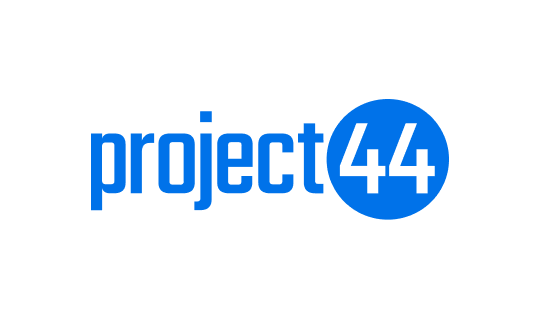
2. Project44 — Movement™
For the fifth consecutive year, Project44 is a Leader in Gartner’s Magic Quadrant for Real-Time Transportation Visibility Platforms (RTTVP). The new “AI Data Quality Agents” in the Movement platform automatically cleanse data, predict delays, and recommend route and cost optimisations. With 1,400+ telematics integrations and 80+ TMS/ERP connectors, Project44 provides the robust “connective tissue” linking every stakeholder in the supply chain.

3. FourKites — Intelligent Control Tower™
FourKites tracks more than three million shipments a day across road, rail, air, and ocean. Its AI model ingests 150+ factors (weather, traffic, IoT data) to calculate ultra-precise ETAs and supplies 21 pre-configured dashboards. The company’s new focus is autonomous action—the system automatically “tightens” plans and issues instructions whenever it predicts a disruption.

4. Shippeo
Shippeo is particularly strong in European road freight and is rapidly expanding its multimodal network. Its machine-learning ETA algorithm delivers, on average, a 32 % accuracy boost, while built-in CO₂ tracking helps companies meet ESG goals and comply with EU CBAM requirements. Integrations with ZF’s SCALAR platform underscore the flexibility of its API-first approach.
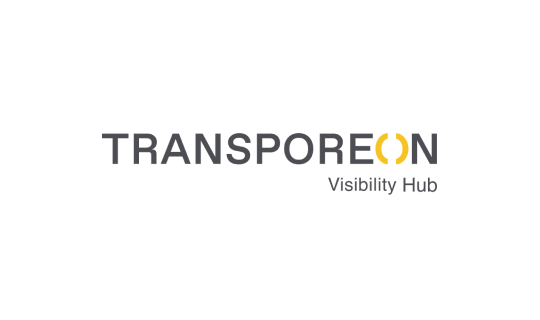
5. Transporeon Visibility Hub
Now part of Trimble, Transporeon combines transport execution, real-time visibility, and dynamic dock scheduling. The AI-driven “Dynamic Time Slots” module automatically reshuffles schedules while trucks are still en route, reducing yard congestion and dwell times. New Yard Arrival Monitor and Freight Audit Self-Service functions further expand the platform’s value.
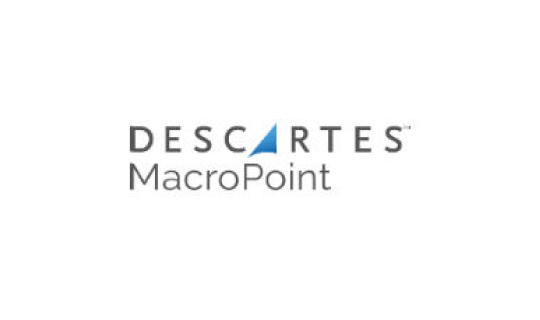
6. Descartes MacroPoint
MacroPoint leverages the world’s largest carrier network and offers a single view of truck, air, and ocean shipments. Predictive ETAs, status alerts, and deep analytics turn delay detection into concrete actions before detention fees or chargebacks escalate. Continuous G2 awards confirm its high customer satisfaction.

7. E2open Logistics Visibility
E2open integrates planning, trade, and logistics in a single cloud suite, so visibility is not a standalone function but part of broader business logic. A Batory Foods case study shows a leap in data accuracy and reduced manual data entry, while the platform supports all modes and regions with rich what-if analyses and ROI guides for RTTV investments.
Supply Chain Visibility Tool Comparison
How to Choose the Right Tool for Your Business

1. Define the Root Problem
Clarify the specific visibility gaps—late deliveries, excess safety stock, or temperature breaches—and set concrete improvement targets such as “cut detention fees by 20%.” Knowing the exact problem keeps the evaluation focused and prevents feature creep.
Real-Life Example of the Root Problem
A regional grocery chain notices that produce shipments arrive an average of 18 hours late, forcing an extra € 200,000 a year in spoilage write-offs. Management sets a target to “cut late-arrival spoilage costs by 30 % within 12 months,” making on-time delivery the focal pain point for its visibility-tool search.
2. Audit your data landscape
List every system that generates inventory or movement data (ERP, WMS/TMS, carrier portals, IoT devices) and note update frequency and format. This reveals integration requirements and any sensors or feeds you still need to add.
Real-Life Example for Landscape Data
The IT team inventories data sources and discovers SAP ERP posts inventory every hour, the Manhattan WMS updates every 15 minutes, while carriers provide EDI status only twice a day.
They flag the carrier feed as a bottleneck and note that adding GPS/temperature IoT tags to reefers will close the real-time gap.
3. Define selection criteria
Choose a short list of must-haves—integration depth, real-time granularity, predictive analytics, scalability, security, and total cost of ownership. Weight each criterion by business impact so you can compare vendors objectively.
Real-Life Example of Defining Selection Criteria
In practice, you’d bring together stakeholders from all key functions in a brief workshop to agree on the five to seven must-have criteria, then select a weighting method (for example, rank-ordering or point allocation) to reflect each criterion’s relative importance.
You’d enter those agreed weights into a standardized scorecard used throughout your RFP, demo, and reference-check processes, ensuring each vendor ends up with an objective total of weighted scores.
4. Score vendors systematically
Build a matrix, rating each tool 1–5 against your weighted criteria, then total the scores. Use your own lanes or orders in live demos to verify claims and expose hidden configuration work.
Real-Life Example of Scoring Vendors
In a shared spreadsheet, three shortlisted tools are scored 1-5 against each criterion and multiplied by the weights; Tool A scores 84, Tool B 78, Tool C 65.
During live demos, the team uploads last week’s shipping lanes and catches that Tool B cannot parse their custom EDI 214 fields, confirming the matrix result.
5. Run a controlled pilot
Deploy the top candidate on one region or product line for 4–6 weeks. Capture KPIs before and during the pilot to quantify improvements in OTIF, call-center tickets, and inventory buffers.
Real-Life Example of Launching a Pilot
Tool A is rolled out only on the fresh-produce lane from Valencia to Belgrade for six weeks. OTIF improves from 72 % to 92 %, detention charges fall € 12,000, and the pilot uncovers two recurring port-congestion hotspots that the old system never revealed.
6. Build the business case
Translate KPI gains into hard savings—lower detention, reduced safety stock, fewer expedites—and add soft benefits like faster customer updates. Compare those gains with subscription and implementation costs to show payback.
Real-Life Example of Business Case
Finance annualized pilot savings: € 104,000 in avoided detention, € 60,000 in spoilage reduction, and € 35,000 in fewer expedited fees—total € 199,000.
With subscription plus integration quoted at € 120,000 per year, payback is achieved in 7 months and ROI exceeds 60 % in year 1.
7. Plan adoption and training
Create role-based dashboards and alert thresholds so each team sees only relevant exceptions. Offer concise training sessions and keep feedback loops open to fine-tune rules and KPIs.
Real-Life Example of Training Plan
Logistics managers get a dashboard showing ETA variance and dwell-time alerts; store buyers see only SKUs at risk of missing promotion windows.
Two-hour virtual training sessions and a Slack feedback channel let users suggest new alert thresholds that are pushed live each Friday.
8. Negotiate the contract and roadmap
Secure SLA guarantees for uptime and API throughput, price-cap renewals, and clear exit clauses. Review the vendor’s two-year roadmap to ensure upcoming releases align with your own tech plans.
Real-Life Example of Negotiating Contracts
Procurement secures 99.9 % API uptime with 10-minute penalty credits, a three-year price cap at 3 % escalation, and a 60-day exit clause.
They also document the vendor’s Q4 release of carbon-emission tracking, which aligns with the company’s 2026 sustainability reporting plans.
Conclusion
Knowing exactly what’s happening in the supply chain, from start to finish and in real-time, is now essential, not just a gimmick. These seven tools we have shown are good at combining different tracking systems and partner information into a single, clear picture. However, their best features still depend on things like the region, the type of transport, and how much they can analyze the data.
Nonetheless, it’s important to remember that no matter which tool you consider, you should first figure out exactly what you need. While there are many options for supply chain visibility, only a handful will actually be the right fit for you. So, choose carefully.
Frequentlyasked questions
What are supply chain tools?
Supply chain tools are digital and analytical solutions that help businesses plan, execute, and monitor the end-to-end flow of materials, information, and finances across their supply networks.
How does a supply chain visibility tool reduce “where's my order?” calls?
Real-time shipment data sits in one dashboard, letting customer service answer—or even prevent—status queries immediately.
What data links are critical for high-quality visibility?
Continuous GPS/ELD pings, core order data from ERP/WMS, and carrier APIs; without them, ETA predictions and risk alerts lose accuracy.
About the author
My name is Marijn Overvest, I’m the founder of Procurement Tactics. I have a deep passion for procurement, and I’ve upskilled over 200 procurement teams from all over the world. When I’m not working, I love running and cycling.

